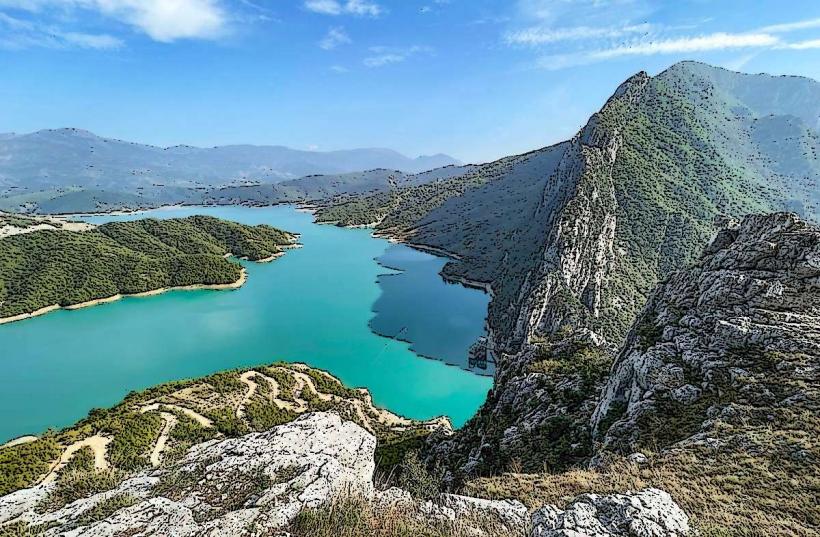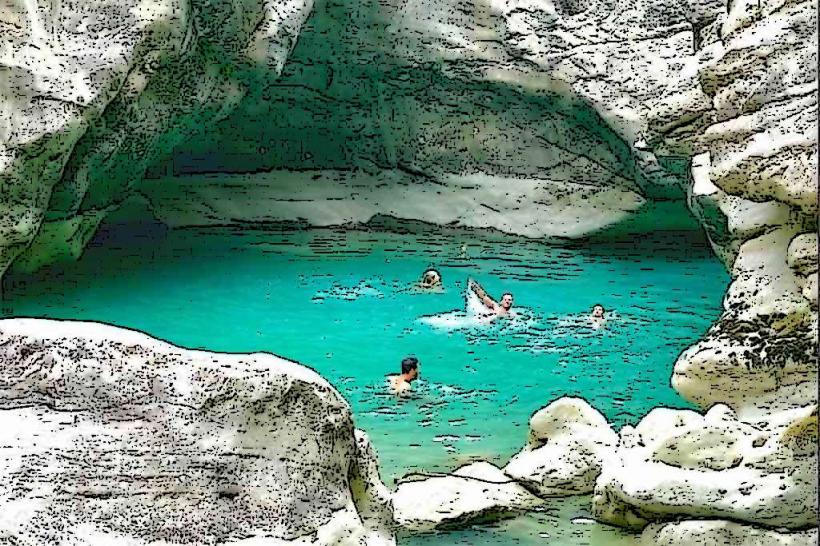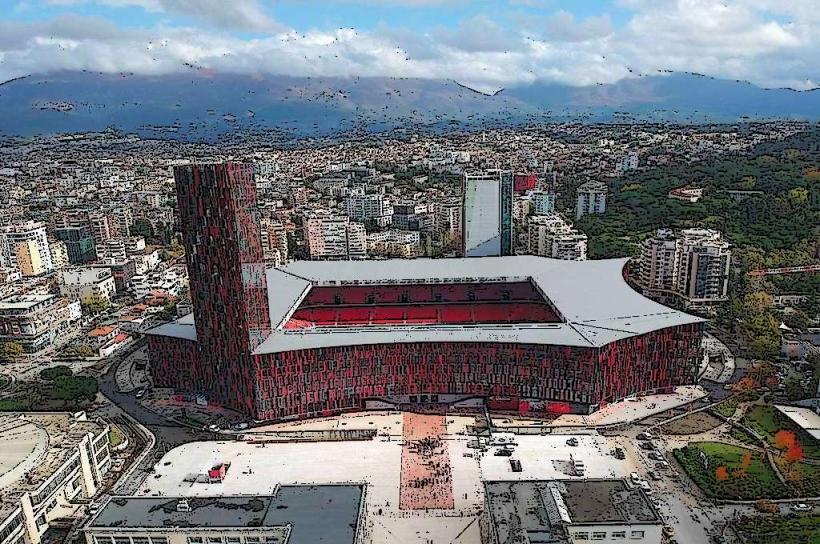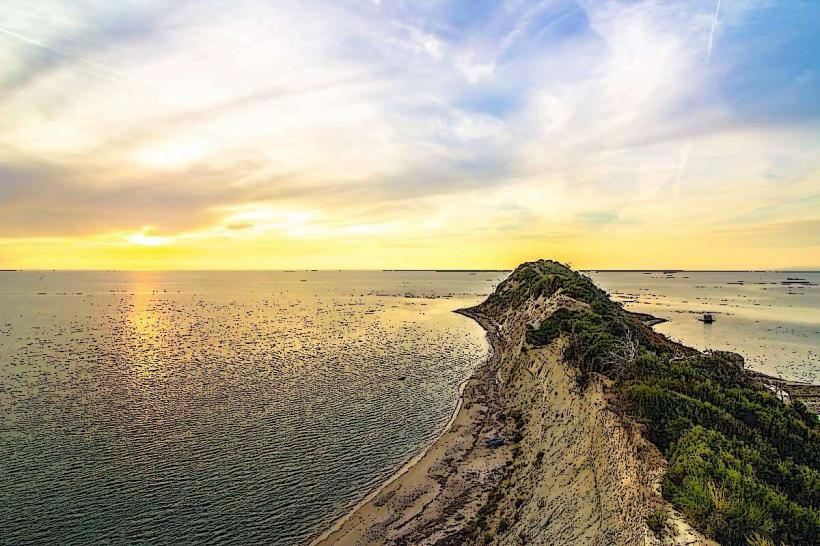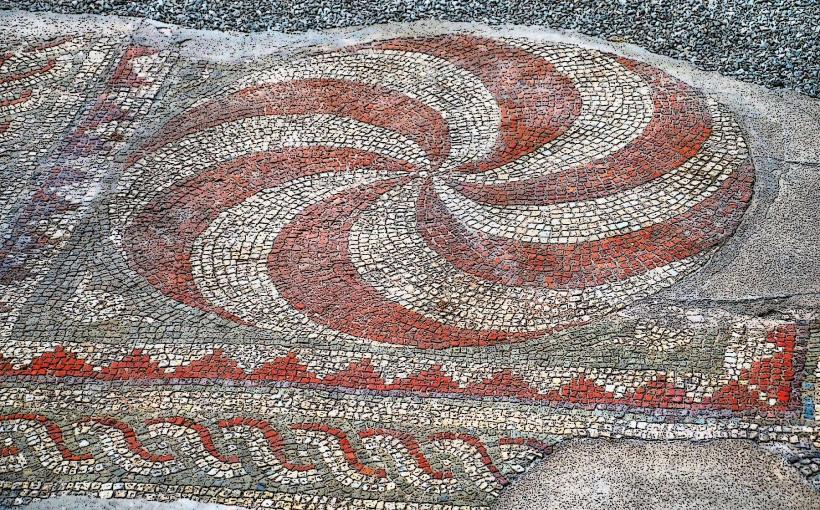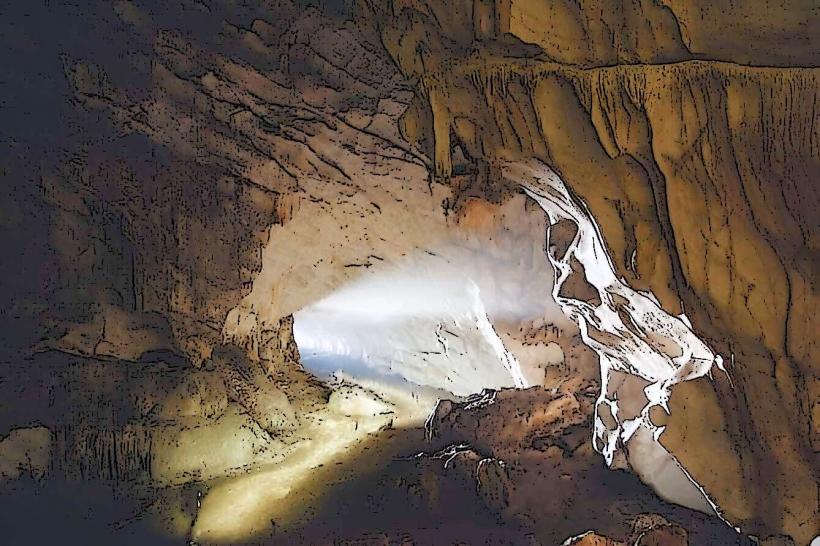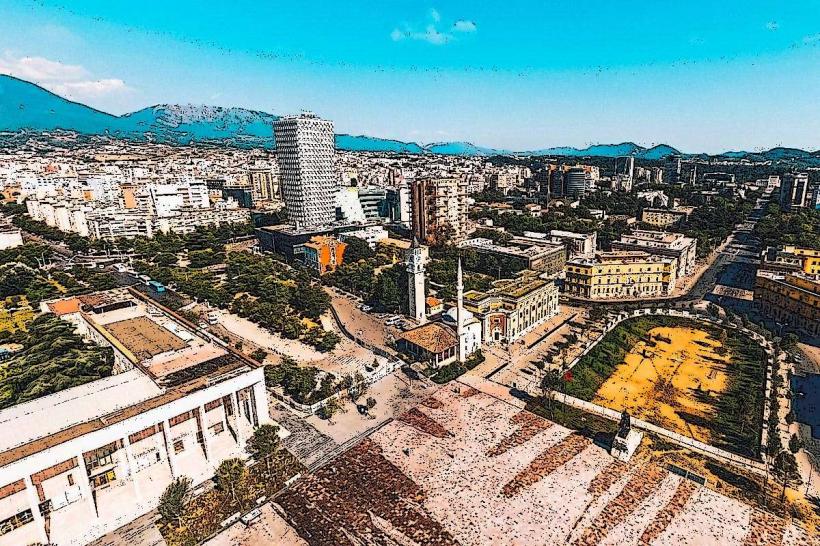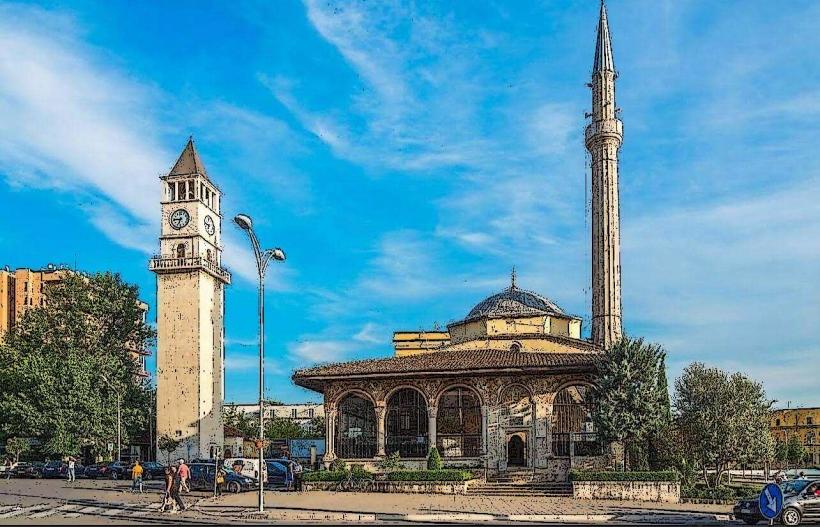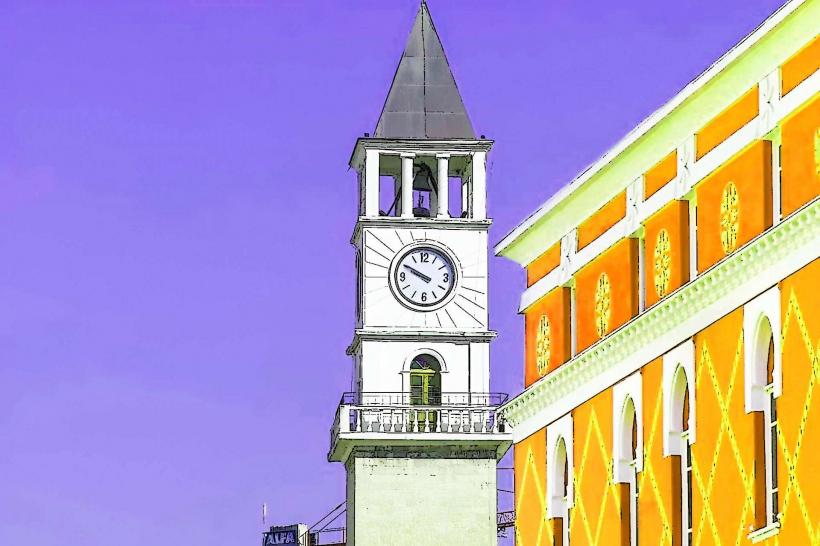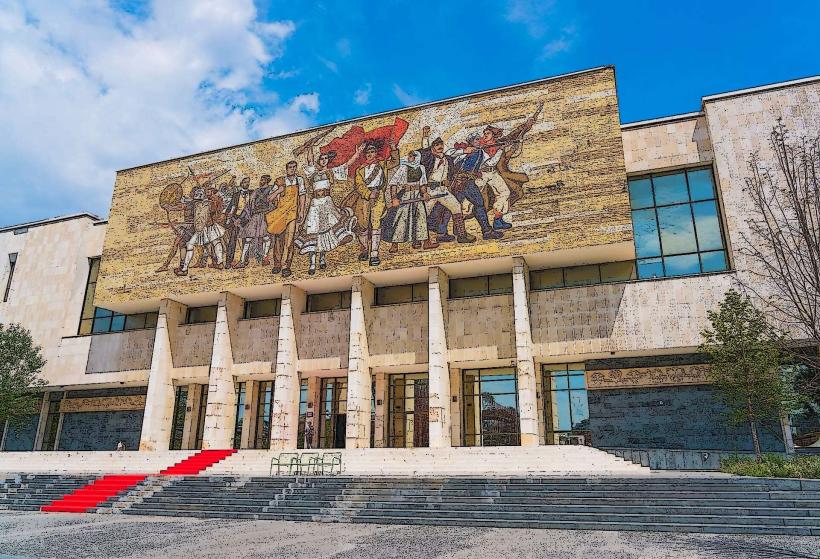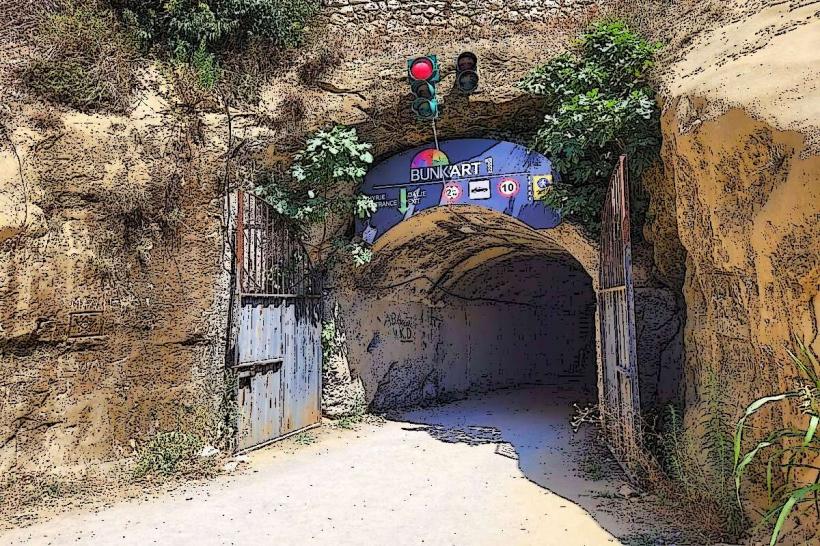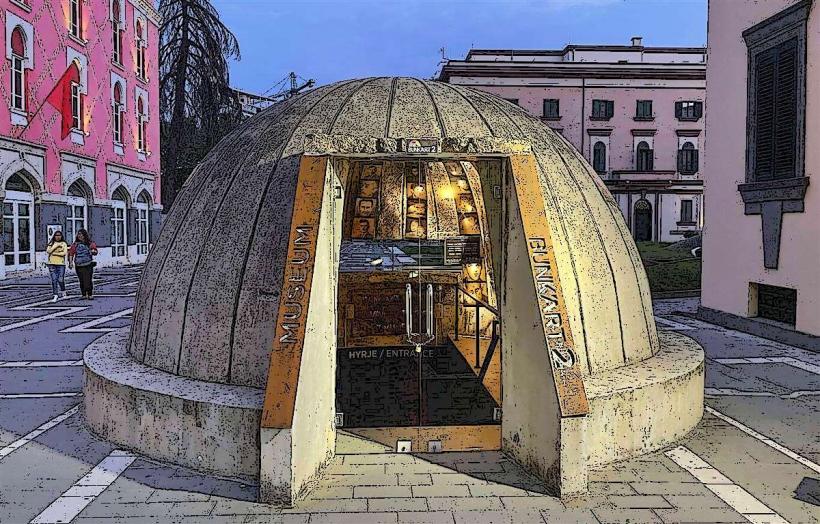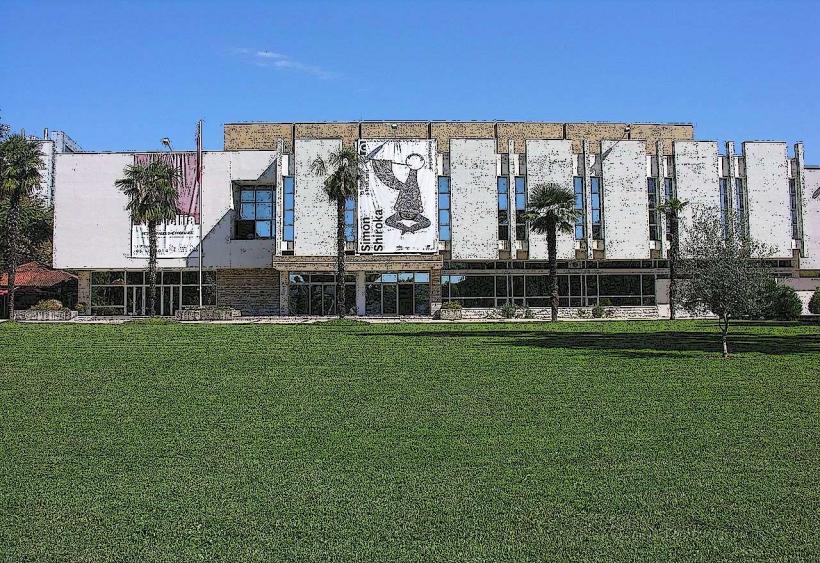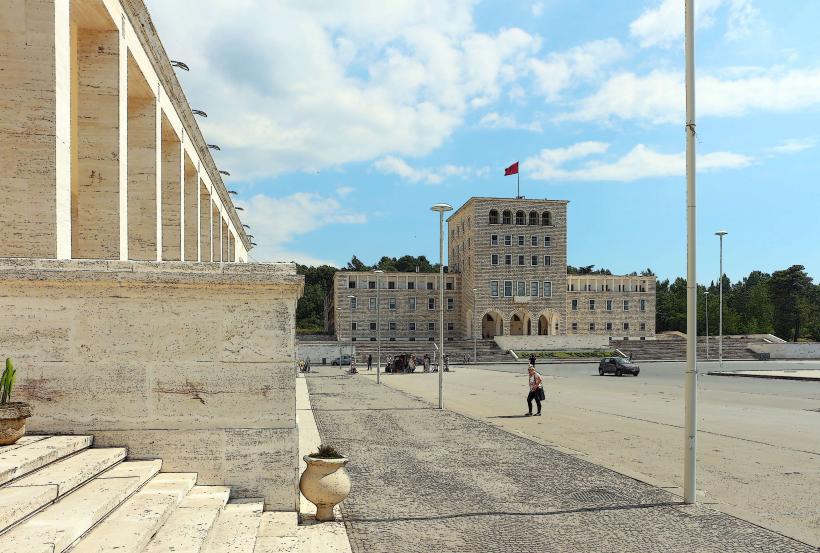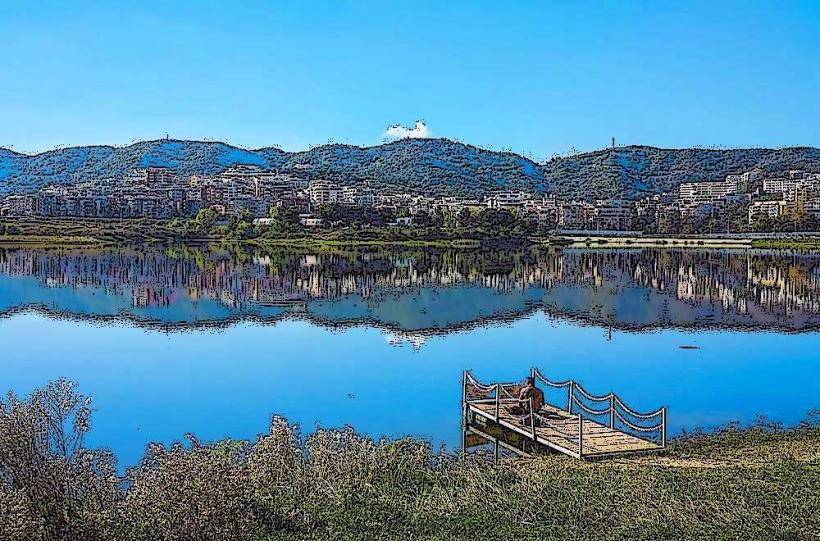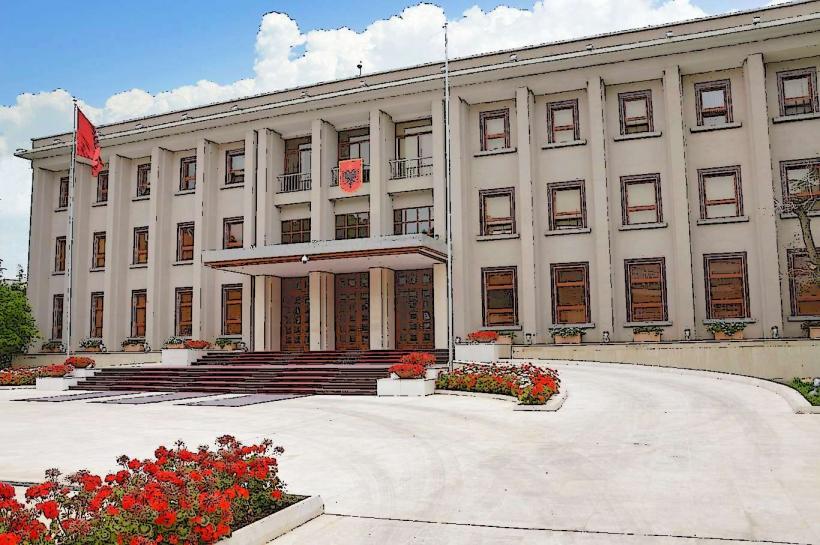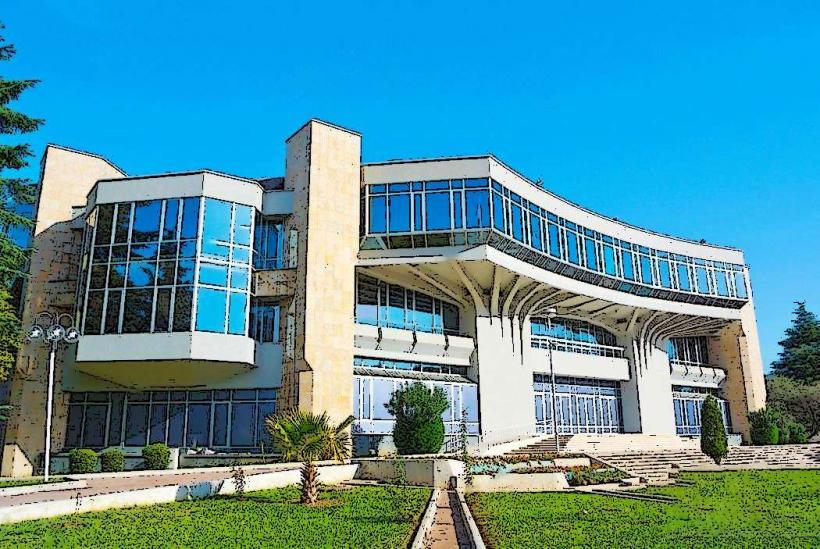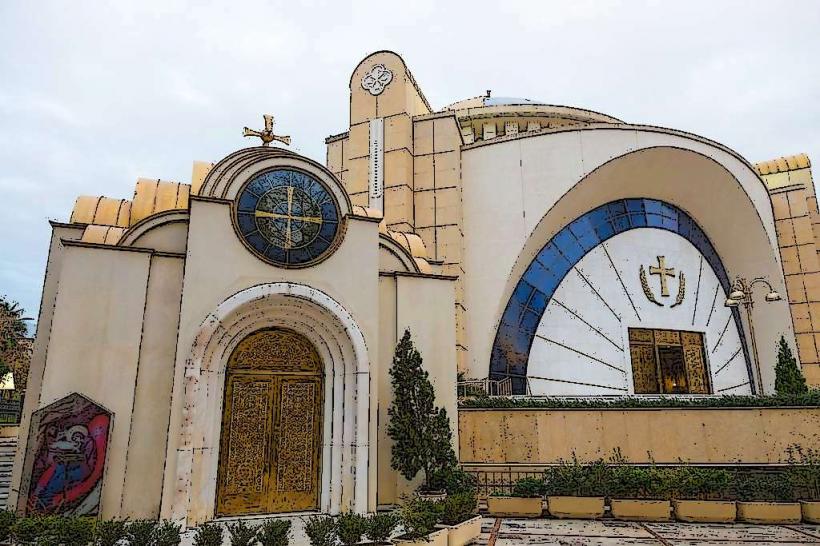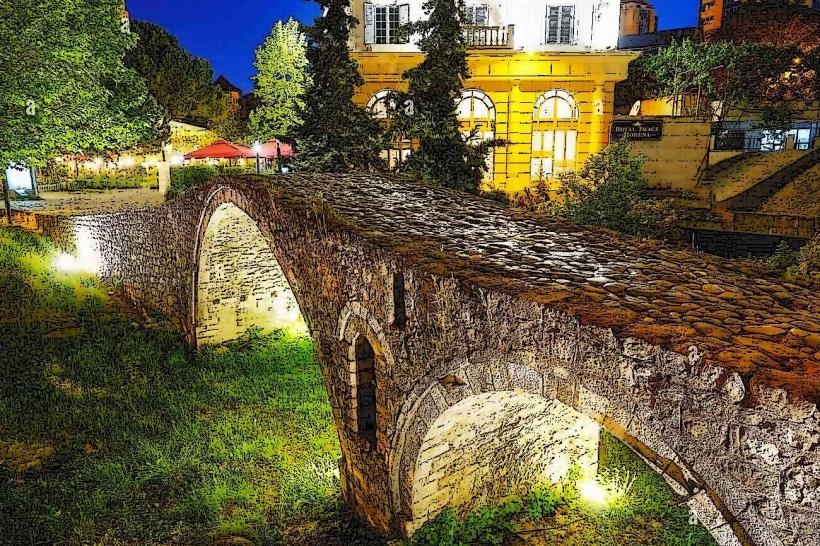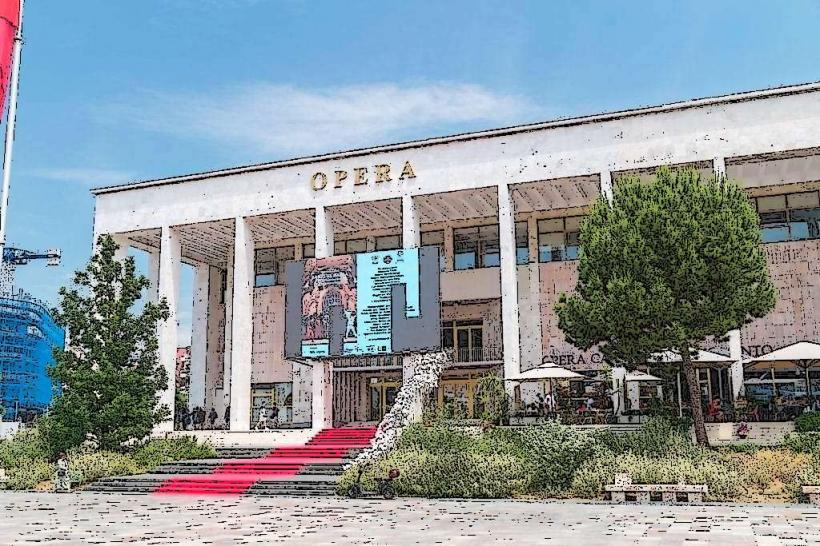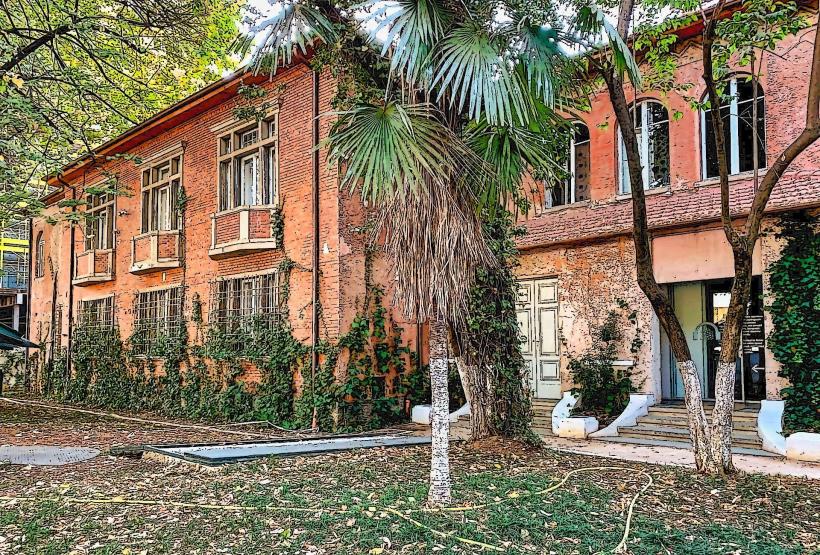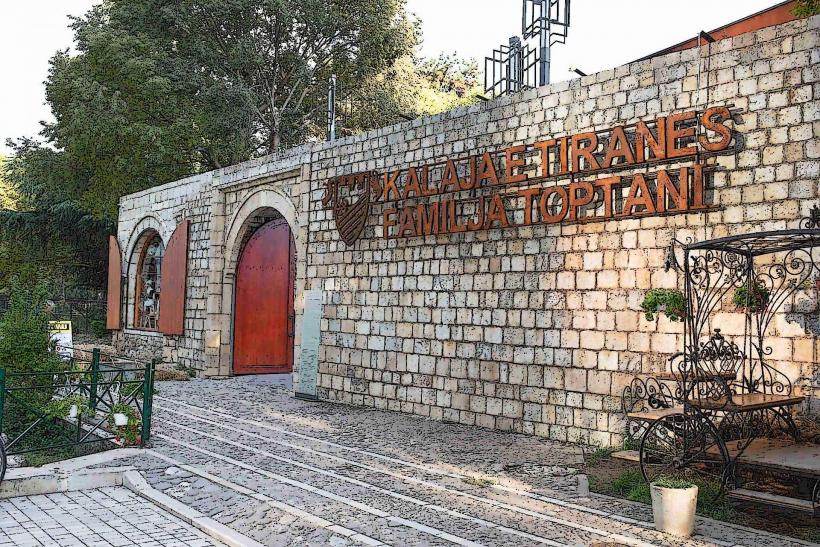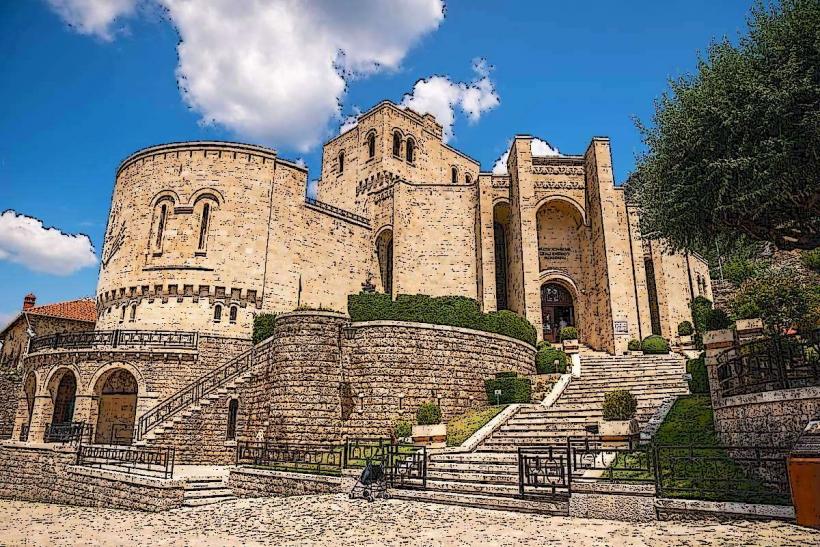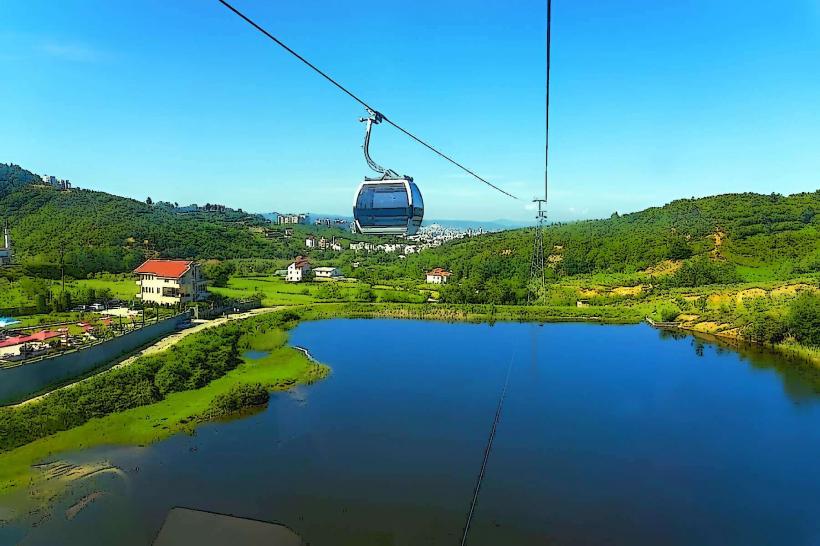Information
Landmark: Pyramid of TiranaCity: Tirana
Country: Albania
Continent: Europe
The Pyramid of Tirana (Piramida e Tiranës) is one of the most unique and controversial architectural landmarks in the Albanian capital. Built in the early 1980s, it is a symbol of the country’s communist era, a product of the regime’s ambitious, albeit often impractical, architectural projects. Over time, the pyramid has transformed from a monument to Enver Hoxha, Albania’s communist dictator, to a controversial site marked by decay, debate, and calls for its preservation or demolition.
1. Historical Background
The Pyramid of Tirana was constructed between 1985 and 1988 as a mausoleum and museum to honor Enver Hoxha, the leader of the People’s Socialist Republic of Albania from 1946 to 1985. The building was designed by Maliq and Hekuran Isai, the children of Hoxha’s architect, and Kristo Strazi, and its purpose was to commemorate Hoxha’s leadership and showcase the achievements of the Albanian socialist state.
Enver Hoxha's Legacy: Hoxha's reign was marked by extreme isolationism, rigid communist policies, and a personality cult that sought to glorify his role in Albanian life. The pyramid was meant to be a monumental tribute to his leadership and to symbolize the country’s allegiance to socialism and Marxist-Leninist ideals.
Design and Architecture: The Pyramid was designed as a futuristic and monumental structure, with a conical shape that tapers as it rises. It was originally clad in white marble and had an exquisite interior, but its most striking feature was its steep, triangular slanted roof. The building’s style was very different from the typical Soviet-inspired socialist realism seen in other parts of Eastern Europe, making it one of the most distinctive landmarks of Tirana.
2. Architectural Features
Shape and Size: The pyramid has a conical shape with a base measuring approximately 40 meters (130 feet) on each side and a height of about 17 meters (56 feet). The roof of the pyramid was originally covered with white marble, contributing to its sleek, modernist look.
Interior Layout: Inside the pyramid, there were various exhibition spaces, including galleries that displayed Hoxha’s personal belongings, photos, and records that praised his rule. The upper level housed a large space for ceremonies and commemorative events, while the building was intended to serve as a cultural and political center for the regime.
Renovations and Modifications: After Hoxha's death in 1985, the pyramid was used for several different purposes. By the early 1990s, after the fall of communism, the building’s purpose shifted. It was repurposed for various uses, including as a museum, conference hall, and technology center. Despite these changes, the structure’s original design and elements remained largely intact.
3. Decline and Controversy
Following the collapse of the communist regime in 1991, the Pyramid of Tirana faced an uncertain future. The shift in political climate led many Albanians to view the pyramid as a symbol of oppression, and there was considerable debate over what should be done with the building.
Public Discontent: The pyramid was increasingly seen as a symbol of the dictatorship rather than a national treasure. Many people wanted the structure demolished, while others called for its preservation as a piece of history. Some argued that it should be turned into a museum of totalitarianism or a memorial to those who suffered under Hoxha's regime.
Abandonment and Vandalism: By the late 1990s, the pyramid had fallen into neglect and disrepair. It became a site of vandalism, with graffiti covering its walls and parts of the structure being stripped of materials. The once-glorious monument was left in a state of decay, with no clear direction for its future use.
4. Attempts at Reuse and Modernization
In the years following Albania’s transition to democracy, there were several proposals for the reconstruction or repurposing of the pyramid. However, none of the projects gained significant momentum due to the building's controversial nature.
Proposal for Demolition: In the early 2000s, there were discussions about demolishing the pyramid to make way for new developments in the area. However, local and international protests and outcry over the loss of a significant historical landmark prevented this from happening.
Urban Revitalization Efforts: In 2018, the pyramid was closed for safety reasons, but discussions about revitalizing the site resurfaced. The city of Tirana, under the leadership of Mayor Erion Veliaj, announced plans to restore the pyramid and repurpose it for cultural and educational purposes, keeping its historical significance while giving it a new lease on life.
Current Use: The building was ultimately used as a temporary cultural space, and in recent years, some sections of the pyramid have been opened up for art exhibits and public events. The building still attracts attention from both tourists and locals who are interested in its unusual and controversial history.
5. The Pyramid as a Symbol
The Pyramid of Tirana is much more than just an architectural structure—it has become a symbol of Albania’s turbulent history and its transition from communism to democracy.
Debate over Legacy: For many Albanians, the pyramid remains a symbol of the pain and repression of the communist era, and it continues to generate debate about how the country should reckon with its past. Some view the pyramid as a reminder of Albania’s difficult journey towards freedom, while others argue that it should be erased as a painful reminder of oppression.
Preservation vs. Demolition: The ongoing discussion about whether the pyramid should be demolished, repurposed, or preserved as a museum of Albania’s past reflects the broader questions Albanians face about their identity and their communist history. This debate ties into the ongoing efforts to reconcile the country’s past with its present and future.
6. Visitor Experience
The Pyramid remains a popular landmark for tourists who visit Tirana. Visitors can still see the structure from the outside and explore the surrounding area. While access to the interior of the pyramid is restricted due to safety concerns, its imposing exterior and controversial history continue to make it an interesting part of Tirana’s urban landscape.
Photographic Interest: The Pyramid’s unique design and its central location make it an interesting spot for photographers, especially given the contrasts between its futuristic architecture and the more traditional buildings around it.
Cultural Significance: For many Albanians, the pyramid has a deeply emotional significance, and its presence continues to prompt reflection on the country’s communist past, its political struggles, and the broader themes of totalitarianism, memory, and history.
7. Conclusion
The Pyramid of Tirana is a fascinating and complex monument that embodies the paradoxes of Albania’s history. As a symbol of the country’s communist past, it is both a point of pride for some and a symbol of oppression for others. Whether it is preserved as part of Albania’s cultural heritage, transformed into a museum, or demolished, the Pyramid remains one of Tirana’s most memorable and controversial structures—a reminder of the country’s difficult journey through the 20th century.

